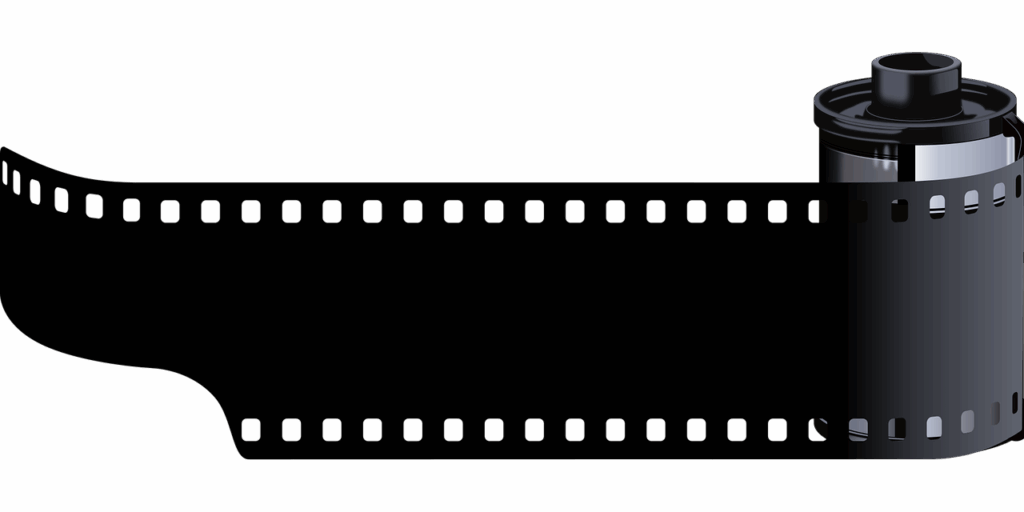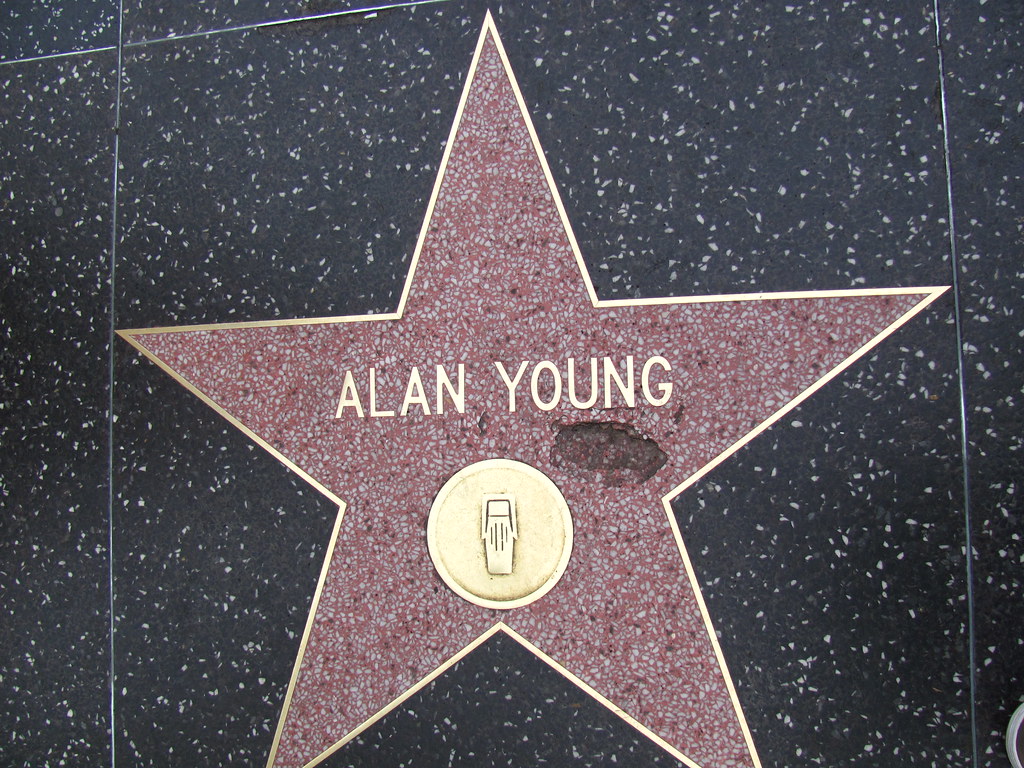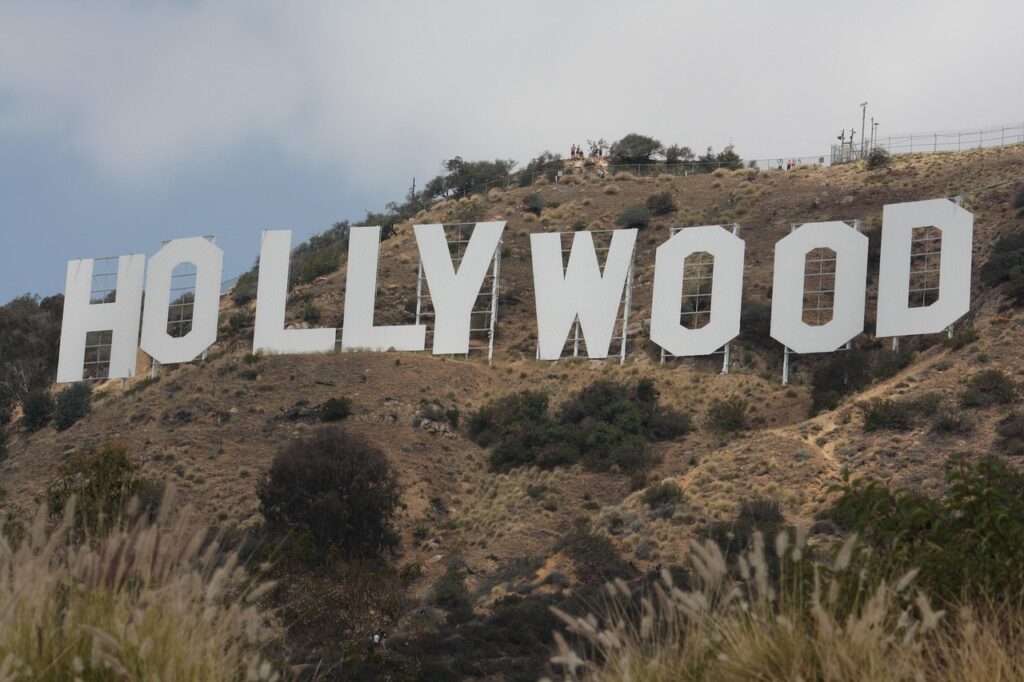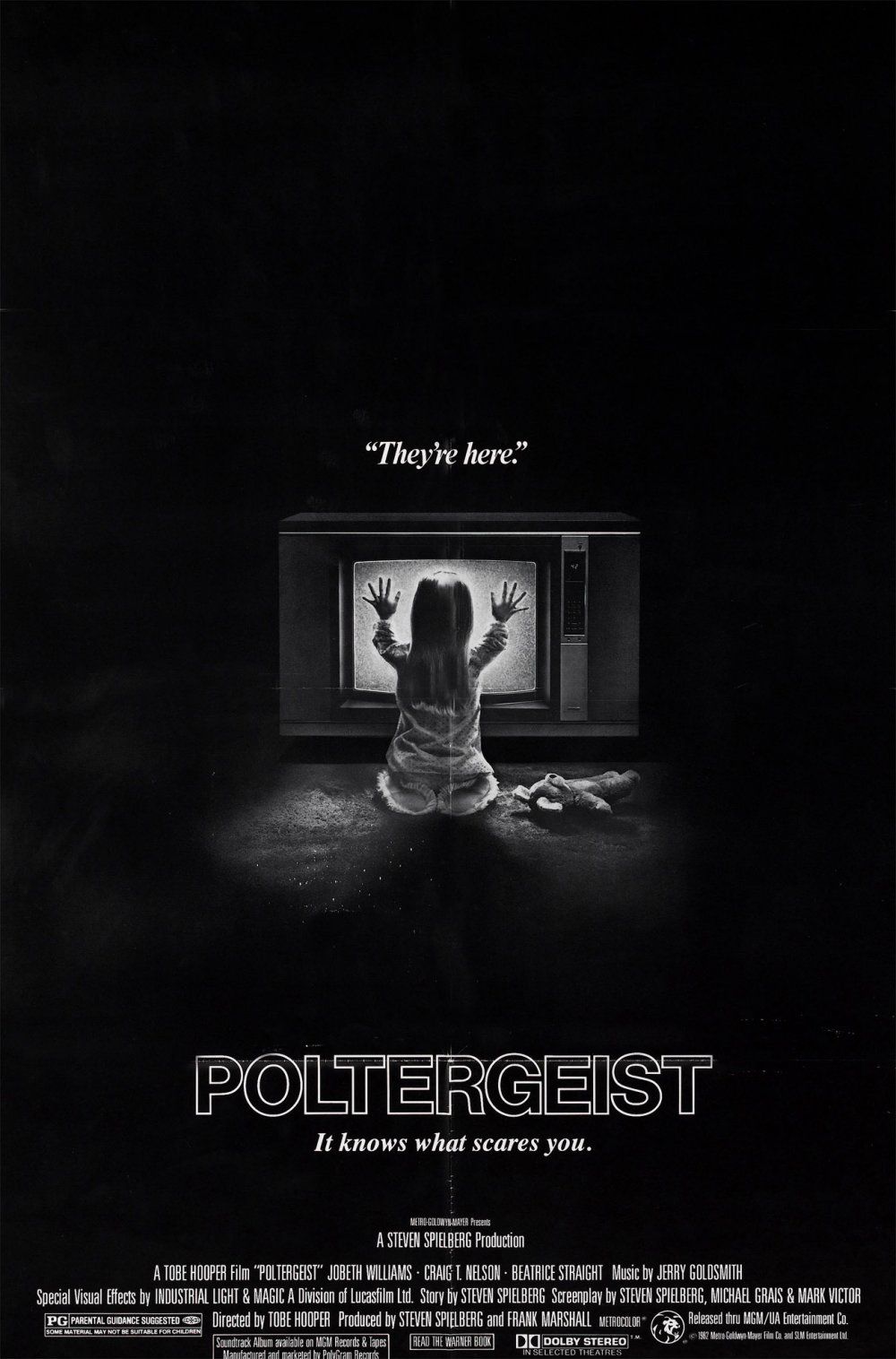
Hollywood has long been an industry with a curious duality: it thrives on the spectacle of the new, yet simultaneously, it exhibits a profound, almost primal, dependence on the familiar. From the sweeping sagas of “Gone With the Wind” to the fantastical journey of “The Wizard of Oz” in the 1930s, producers and directors have consistently seen the inherent value in adapting pre-existing material. These adaptations arrive with built-in audiences and characters already etched into the cultural consciousness, offering a seemingly safer bet in the high-stakes game of filmmaking.
Yet, a persistent chorus of critics, cinephiles, and even industry insiders continually urge Hollywood to step away from the endless cycle of adaptations and reboots. Their plea is simple: why not create something truly new, something fresh and unforeseen? It’s a question that echoes through every studio lot and production meeting, often met with a shrug and a stark reality check. The answer, as the box office numbers over the past two years plainly show, is that “the new stuff isn’t faring all that well.”
As theaters gingerly emerge from the COVID-induced downturn, original screenplays have visibly struggled to connect with audiences. This trend is not merely a hiccup; it’s a significant signal, one that shrewd producers and directors in Hollywood are undoubtedly noting. The sobering truth is that original material is far from a “sure thing,” and this will inevitably shape the landscape of movies greenlit in the coming years. Even films featuring big-name stars, such as Amazon’s “Red One” with Dwayne “The Rock” Johnson and Chris Evans, or Kevin Costner’s passion project “Horizon: An American Saga Chapter 1,” have faltered financially, underscoring that the material, rather than the marquee name, often dictates success. These instances point to deeper systemic issues, and to truly understand Hollywood’s struggle with originality, we must turn to the candid insights of those who navigate its treacherous waters daily: the screenwriters themselves.

1. **The Harsh Reality of Breaking In: Beyond the Lottery Ticket Myth**For aspiring screenwriters, the allure of the “lottery ticket” scenario—the fabled tale of writing a single script, selling it effortlessly, and becoming an instant star—is a powerful but dangerously misleading fantasy. Adam Rifkin, screenwriter of “Small Soldiers,” succinctly debunks this myth, stating, “There are examples of that [person] who sits down, writes a script, somewhat effortlessly, writes a couple of pages here, couple pages there, finally gets to the end, sends it out, it gets sold, it gets sold, it gets made, [they’re] a big star. Happens occasionally… but for most people, it doesn’t quite work that way.” This candid observation cuts to the heart of why original scripts, particularly from emerging voices, struggle to gain traction.
Hollywood operates on a currency of experience and proven track record. Most screenwriters embark on a heartbreaking journey of multiple years and multiple scripts before they ever catch a significant break. Even then, the breakthrough often comes in the form of being “hired for assignments,” rather than selling their original, self-initiated work. This dynamic means that even when a writer finally gets their foot in the door, they are more likely to be tasked with developing existing intellectual property or polishing someone else’s concept, rather than bringing their own nascent ideas to fruition.
The industry’s preference for established IP, coupled with this arduous path for screenwriters, creates a formidable barrier for genuinely original stories. If the vast majority of working writers are engaged in assignment-based work, fewer resources, less executive attention, and diminished financial backing are naturally directed towards truly novel concepts. The system, in essence, unintentionally disincentivizes the very originality it claims to crave, leaving a landscape where a new script must not only be brilliant but also navigate a labyrinth of systemic hurdles before it can even be considered for production.

2. **The Non-Negotiable Imperative of Craft and Readiness**Beyond the mere act of writing, lies the relentless pursuit of craft, an absolute necessity in a competitive industry. Ron Shelton, the acclaimed writer behind “Bull Durham,” delivers a blunt but essential truth to aspiring writers: “I have been sent hundreds of scripts from wannabe writers over the years, and not one good one has ever landed on my desk. Go back. Get better. Learn the craft. Learn the craft.” This isn’t a dismissal of passion; it’s a stark reminder of the uncompromising standards for entry into professional screenwriting.
Too many aspiring writers, eager to make an impact, prematurely push scripts that are simply not ready for prime time. The difference between a complete screenplay—one that merely tells a story from beginning to end—and an excellent screenplay, capable of captivating an industry insider, is vast. Excellence demands not just an idea, but mastery over narrative structure, character development, dialogue, pacing, and the subtle art of cinematic storytelling. Without this deep understanding, even the most innovative concept can fall flat.
Shelton’s advice implicitly explains why many original scripts fail to launch: they are simply not polished enough to warrant the significant investment and risk associated with greenlighting new material. For an original project, which lacks the safety net of a pre-existing fanbase, the writing itself must be impeccable, undeniable, and compelling enough to override inherent skepticism. This necessitates a period of intense learning, iterative rewriting, and critical self-assessment—a commitment many are unwilling or unable to make before seeking industry attention. Therefore, the struggle of original scripts is often a struggle of readiness, a battle against the grain of under-developed craft.
Read more about: Mastering the Dark: Driving Pro’s Essential Guide to Enhancing Night Driving Visibility with Easy, Actionable Adjustments for Every Driver

3. **Rejection as a Rite of Passage: The Unavoidable Gauntlet**The journey of a screenwriter is, by its very nature, a baptism by fire in the waters of rejection. Peter Hyams, known for films like “Outland” and “2010: The Year We Make Contact,” offers a stark warning: “If you’re not prepared to be rejected, don’t try to make films, write films, or direct films, or act in films. Because you’re going to be rejected.” This isn’t just about facing a few ‘no’s; it’s about understanding that rejection is an intrinsic, often overwhelming, part of the process, a gauntlet that every creative must run.
Even the most celebrated and successful screenwriters and filmmakers have, by their own admission, received exponentially more rejections than acceptances throughout their careers. This high volume of negative feedback isn’t necessarily a commentary on the quality of the script itself, but rather a reflection of the subjective nature of creative industries, the constant churn of projects, and the sheer volume of submissions. For original scripts, which lack the objective market indicators of an adaptation, this subjectivity is amplified, making rejection even more commonplace.
The psychological toll of constant rejection is immense. It can erode confidence, stifle creativity, and ultimately lead many promising writers to abandon their original ideas. While the resilient learn to “embrace rejection” and “learn from it,” the reality is that a significant number of compelling, fresh concepts never see the light of day simply because their creators are worn down by the perpetual ‘no.’ This systemic gatekeeping, driven by a risk-averse industry and the sheer volume of submissions, means that a substantial portion of original storytelling is culled long before it ever has a chance to prove its commercial or artistic merit.

4. **The Singular Gatekeeper: Finding the One Believer Amidst Many Noes**Despite the deluge of rejections, there exists a sliver of hope, a peculiar truth in Hollywood’s often opaque decision-making process: the power of a single champion. Kriss Turner, a screenwriter for “Something New” and “The Bernie Mac Show,” encapsulates this paradox perfectly: “You can read stories about screenwriters and how tough it is. You hear about the screenplay that was rejected by everyone under the sun except, you know, this one guy. And you only need one. You only need one person to buy it.” This insight reveals that the path to an original script being greenlit is often less about universal appeal and more about striking a chord with a powerful individual.
This dynamic highlights the deeply subjective and somewhat arbitrary nature of Hollywood. A script may be dismissed by dozens of executives, agents, and producers, not necessarily because it is fundamentally flawed, but because it hasn’t yet found that one specific person whose vision aligns with its potential. This ‘one person’ might be an executive looking for a particular tone, a director seeking a unique challenge, or a producer with a specific market strategy in mind. The challenge for original screenplays, therefore, isn’t just to be good, but to be precisely what one powerful individual is searching for at a particular moment in time.
Unlike adaptations, which come with the inherent advantage of a “built-in audience” and recognizable intellectual property, original scripts begin from a blank slate. They must generate all their goodwill and excitement from the ground up, relying entirely on the conviction of that singular champion. This dependence on individual taste and enthusiasm, rather than established metrics, makes the journey for original material exceptionally precarious. It’s a testament to the fact that even brilliant original work can languish indefinitely if it doesn’t serendipitously connect with the right gatekeeper, thereby contributing significantly to Hollywood’s struggle to make new concepts work consistently.
5. **Evolving the Writer, Not Just the Narrative: The Journey to Cathartic Storytelling**Crafting a compelling screenplay extends far beyond merely structuring a plot and populating it with characters; it necessitates a profound evolution of the writer themselves. Joe Stillman, a key voice behind “Shrek,” articulates this essential truth: “Just as a screenplay needs to be developed, I think a writer needs to be developed. And that it takes a number of failures in order to write something that eventually gets better. Yeah, [you] can fill 110 pages and, yeah, it’s a screenplay. Yahoo. But that’s very different from writing something that is going to move somebody on some level when they read it.” This distinction between a functional script and a resonant one is critical.
Many emerging writers can indeed produce a technically sound screenplay, a blueprint of a story that moves from Point A to Point B. However, the true measure of a successful script, particularly an original one, lies in its ability to be “cathartic”—to evoke genuine emotion, provoke thought, and leave a lasting impact on the reader. Achieving this level of depth and resonance requires more than just mastering screenwriting rules; it demands personal growth, introspection, and a willingness to confront and learn from numerous creative “failures.”
This continuous development of the writer, often through experimentation and missteps, is a long-term process that Hollywood’s fast-paced, risk-averse environment struggles to accommodate, especially for original material. The industry frequently seeks immediate, polished, and bankable concepts, leaving little room for the iterative, often messy, journey of a writer finding their voice and refining their emotional storytelling capabilities. The difficulty of producing truly moving original scripts, therefore, often stems from the inherent tension between the slow, organic process of artistic and personal development and the industry’s demand for instant, market-ready content. Without fully developed writers creating cathartic stories, original screenplays will continue to struggle to move audiences and, consequently, the box office needle.
Navigating the choppy waters of Hollywood demands more than just a brilliant idea or a knack for storytelling; it requires a profound understanding of how to make that brilliance resonate in a landscape saturated with IP and safe bets. For original screenplays, the journey from concept to screen is often a testament to creative distinctiveness and sheer, unyielding perseverance. As we delve deeper into why new narratives struggle to break through, it becomes clear that success hinges on several critical, often overlooked, aspects of a writer’s approach and the material itself. It’s about cutting through the noise with something genuinely unique, mastering the subtle art of engagement, enduring a marathon, not a sprint, and ultimately, delivering the kind of story that Hollywood didn’t even realize it was desperately waiting for.

6. **Finding Your Own Voice: The Imperative to Stand Apart**In an industry that often recycles ideas, the pressure to conform can be immense. Yet, as Billy Ray, the seasoned writer behind “The Hunger Games,” advises, “Just find your own voice. Don’t try to duplicate the styles of other writers.” This isn’t merely a suggestion; it’s a critical directive for any aspiring screenwriter, especially those hoping to see their original concepts come to fruition. Hollywood isn’t in the market for cheap imitations; it’s on a perpetual hunt for the next big thing, the next paradigm shift.
The temptation to mimic successful formulas or beloved auteurs is understandable, particularly for those just starting out. However, this approach often leads to scripts that feel derivative and lack the spark necessary to capture an executive’s attention. A unique voice isn’t just about stylistic quirks; it encompasses a distinctive perspective, a fresh thematic angle, and characters that feel authentic and new. It’s about taking what’s familiar and putting “your own spin on it,” creating a narrative experience that is undeniably yours.
For original screenplays, which lack the built-in advantage of pre-existing intellectual property, a strong, individual voice becomes their most potent asset. It’s what allows a script to cut through the vast piles of submissions, making it memorable in the minds of agents, producers, and directors. This distinctiveness is often the key to finding that singular champion, the one person whose vision aligns perfectly with your material and who is willing to fight for it. Without a clear and unique voice, even well-crafted stories risk getting lost in the shuffle, contributing to the broader struggle of originality in Hollywood.

7. **Mastering Subtle Storytelling: Hooking Audiences with Mystery**Many new writers often fall into the trap of over-explaining, believing that every detail must be laid bare for the audience to understand. However, Andrew W. Marlowe, the writer of “Air Force One,” offers a crucial counterpoint: “New writers tend to overwrite and explain everything as opposed to hooking people with mystery. They’ll have two pages of backstory instead of just the provocative line that makes us want to know more about the characters… that keeps us as an audience leaning forward and engaged in the storytelling.” This highlights a fundamental principle of captivating narrative: less is often more.
The urge to provide exhaustive backstory or excessive exposition stems from a desire to ensure clarity, yet it often undermines the very engagement it seeks to foster. When every plot point is anticipated and every character’s motivation fully articulated from the outset, the audience is left with little to discover. This didactic approach can quickly disengage readers and viewers, especially in a competitive market where attention spans are increasingly fleeting. The art of screenwriting lies not in telling everything, but in carefully curating what is revealed and when.
Mastering subtle storytelling means trusting your audience and allowing them to piece together clues, to lean forward with curiosity rather than sit back passively. It involves crafting provocative lines, intriguing character actions, and narrative hints that pique interest and generate questions. This method of revealing information “little-by-little” keeps the audience invested, transforming them from passive observers into active participants in the story’s unfolding. It’s an approach that builds tension, enhances emotional impact, and ultimately creates a more satisfying cinematic experience.
For original scripts, which must work tirelessly to earn audience trust and executive enthusiasm, this mastery of subtlety is indispensable. It’s what differentiates a competent screenplay from a truly compelling one, ensuring that the narrative unfolds with a dynamic rhythm that keeps everyone engaged. Without this nuanced approach, original ideas, no matter how clever, risk being weighed down by unnecessary exposition, failing to generate the vital spark needed to secure a greenlight in Hollywood’s discerning landscape.
8. **The Myth of the “Overnight Success” and the Long Haul of Resilience**In the dazzling narrative of Hollywood, tales of “overnight success” are often spun, painting a picture of instant stardom for a lucky few. Yet, this is largely a “media creation,” a deceptive mirage that obscures the gritty reality of the creative journey. Justin Zackham, the writer behind “The Bucket List,” candidly debunks this myth, stating, “I am a ten-year overnight success. If I had known ten years before I got to the point where I could make a living even close to the living my friends were making on Wall Street, I would probably have thought more than twice about continuing with it.” His words are a potent reminder that sustained success in screenwriting is almost always a marathon, not a sprint.
The idea that one can effortlessly write a single script and suddenly become an in-demand star is, as Adam Rifkin pointed out in the previous section, a “dangerously misleading fantasy.” The reality for most screenwriters involves years, often a decade or more, of relentless toil, multiple scripts, and countless rejections before any significant breakthrough occurs. Even then, that breakthrough often involves being “hired for assignments,” rather than selling an original, self-initiated concept. This prolonged period of struggle demands an extraordinary level of dedication and psychological fortitude.
Consider the immense personal sacrifice involved when pursuing a dream that offers little financial return for such an extended period. The emotional and practical toll can be overwhelming, causing many talented individuals to abandon their aspirations. Zackham’s reflection on the financial disparity between his screenwriting journey and his friends’ careers on Wall Street underscores the profound commitment required. It’s a testament to the unshakeable belief in one’s craft and the vision for storytelling that keeps writers pushing forward through the relentless “noes.”
This extended timeline of development for a writer, often through a “number of failures,” profoundly impacts Hollywood’s willingness to greenlight original scripts. The industry often seeks immediate, polished, and bankable concepts, struggling to accommodate the slow, organic process of artistic and personal evolution. Understanding that an “overnight success” is actually a “ten-year overnight success” is crucial for both aspiring writers and the industry as a whole, revealing the systemic challenge in nurturing the deep-rooted talent necessary for truly groundbreaking, original narratives.
9. **The Untapped Power of the Truly Undiscovered Narrative**Despite the pervasive challenges and the industry’s default to adaptation, there remains a powerful truth that offers hope for original storytelling. As Jane Anderson, known for “It Could Happen to You,” succinctly puts it: “If you have a really wonderful original story, people will jump on it.” This statement cuts through the cynicism, articulating the ultimate aspiration and the genuine potential of a truly groundbreaking, undiscovered narrative to captivate Hollywood. It implies that at the core of the struggle, there is a fervent hunger for exceptional new material.
But what defines a “wonderful original story” in such a demanding environment? It’s far more than a novel premise; it’s an idea executed with undeniable mastery, deep emotional resonance, and a unique voice that cuts through the noise. It’s a story that is not only well-written but also “cathartic,” capable of moving an audience on a profound level, as Joe Stillman articulated. This kind of story offers Hollywood “what they didn’t know they wanted,” a fresh perspective or an unexplored theme that promises both artistic merit and commercial viability.
Indeed, for all of Hollywood’s reliance on familiar IP, there is an intrinsic, often unstated, desire for the truly new—the narrative that electrifies audiences and critics alike, reshaping cultural conversations. Such a story, when it finally breaks through, often becomes a cultural touchstone, revitalizing the industry and setting new trends. It demonstrates that the risk associated with original material can yield extraordinary rewards, far beyond the predictable returns of a sequel or reboot.
The path to delivering such a story is fraught with the challenges previously discussed—the grind of rejection, the demand for craft, and the long journey of self-development. Yet, Anderson’s wisdom serves as a guiding light: if an original story possesses that rare, magnetic quality, it will ultimately find its champion and its audience. This inherent power of a genuinely transformative narrative is the ultimate “secret to standing out,” proving that even in a risk-averse industry, true originality, when crafted with unparalleled skill and vision, will always have the power to command attention and ignite passion.
Read more about: Kaley Cuoco’s Candid Confessions: Unpacking Penny’s Wardrobe Evolution on The Big Bang Theory
Ultimately, Hollywood’s struggle with original scripts is a complex tapestry woven from economic pressures, ingrained industry practices, and the sheer difficulty of creating something truly new and resonant. From the arduous path of breaking in to the imperative of finding a unique voice and mastering subtle storytelling, every step demands immense dedication and resilience. Yet, the enduring power of a “wonderful original story” remains the industry’s most potent, albeit elusive, driving force. For those who can navigate this treacherous terrain and deliver narratives that are not just complete, but truly cathartic and groundbreaking, the promise of Hollywood’s spotlight still shines bright.






